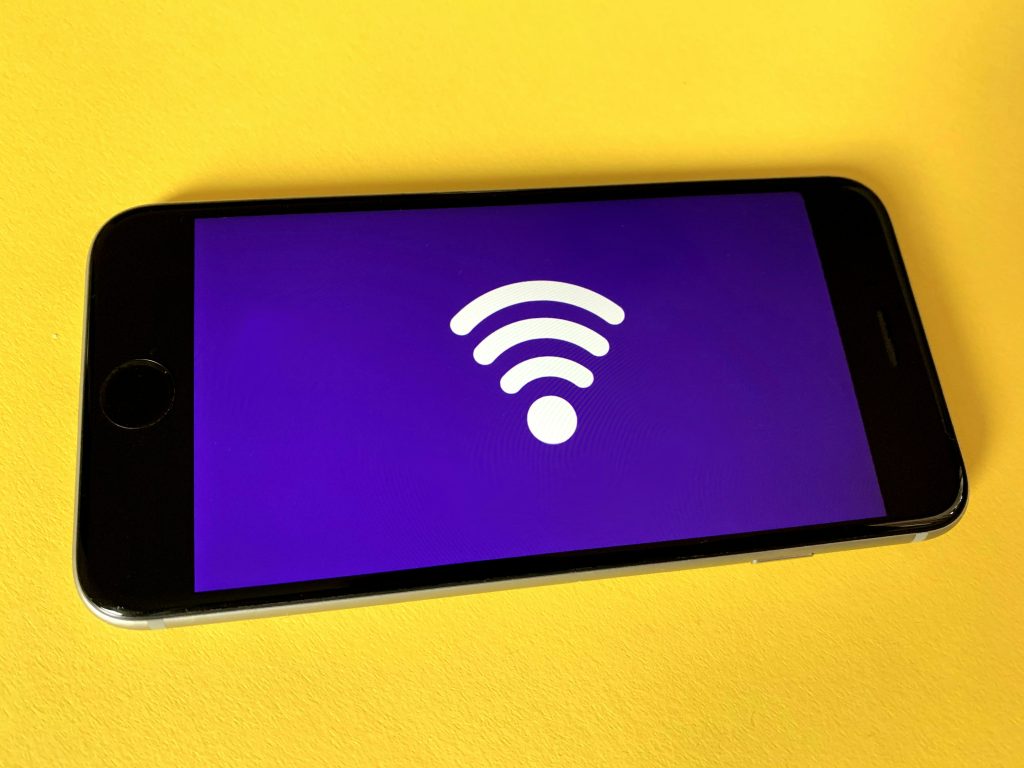Trade Spaces, Not Stresses: The Digital Nomad’s Guide to Smart Home Swapping

As a digital nomad, your life is untethered, spontaneous, and full of possibility. But with that freedom comes the challenge of finding reliable, comfortable, and cost-effective places to live while you chase Wi-Fi signals and new experiences. Home swapping has emerged as a clever workaround—a mutually beneficial exchange that helps nomads like you save money, experience authentic living, and build community.
1. Scout the Scene Before You Land
Before you commit to swapping homes, it’s essential to get a feel for the location and neighborhood. Don’t just look at glossy photos or rely on a few reviews—dig deeper. Use satellite view to understand the surrounding area, check for noise complaints, and even look up local crime reports if needed. Ask your potential swap partner what they love and dislike about where they live; their answers will reveal more than a polished listing ever could.
2. Shielding Your Space with Smart Protection

When you’re away on a home swap, your own house still needs reliable protection, especially from unexpected breakdowns in essential systems and appliances. A solid home warranty can act as a safeguard, covering costly repairs or replacements that might occur while you’re off exploring the world. Look for home warranty appliance coverage that extends beyond the basics—ideally one that also includes removal of defective equipment and failures caused by improper installations or botched repairs.
3. Communicate Like a Pro, Not a Guest
Clear, upfront communication can make or break a home swap experience. You’re not renting a hotel room—you’re stepping into someone’s life, and they’re stepping into yours. Create a shared document that outlines expectations around cleaning, appliance usage, pets, plants, and even noise levels. Don’t be afraid to over-communicate; this is one area where being thorough will always work in your favor.
4. Emergency Numbers Are Non-Negotiable

You never want to be caught in a new city scrambling for help when something goes wrong. Create a list of emergency contacts, including local police, hospitals, a nearby pharmacy, and a recommended plumber or handyman. Make sure to also share contact info for a friend or neighbor who can step in if something unexpected happens. Doing this isn’t just responsible—it’s a sign of respect for the home you’re staying in and the person trusting you with it.
5. Lock Up What Matters, Both Ways
Home swapping is built on mutual trust, but that doesn’t mean you should leave your passport or priceless mementos lying around. Store your personal valuables in a locked drawer or room, and ask your swap partner to do the same. Make it a two-way agreement: you’ll safeguard their space if they do the same for yours. Respect for boundaries—physical and personal—is the key to a smooth, drama-free exchange.
6. Plan for the Worst, Hope for the Best

No one enters a home swap expecting issues, but having a backup plan can save your sanity if things go south. Maybe the house isn’t what you expected, maybe your partner cancels last-minute, or maybe Wi-Fi isn’t functional and your remote job demands connectivity. Line up a nearby Airbnb or hostel as a fallback, and consider trip insurance if you’re swapping internationally. A flexible mindset paired with a contingency plan is your best ally in keeping calm under pressure.
7. Think Like a Local, Live Like a Guest
One of the greatest perks of home swapping is getting to experience a place like a local. But don’t forget—you’re still a guest in someone else’s space. That means leaving the home better than you found it, writing a thoughtful thank-you note, and even replacing items you’ve used up. It’s these small gestures that turn one-time swaps into lasting friendships, and they’ll keep your swap reputation glowing for future exchanges.
Home swapping for digital nomads is more than a savvy travel hack—it’s a lifestyle enhancer. It lets you blend immersion with affordability, but only if approached with planning and respect. By understanding the neighborhood, using trusted platforms, maintaining clear communication, and preparing for curveballs, you’ll make the most of every swap.










